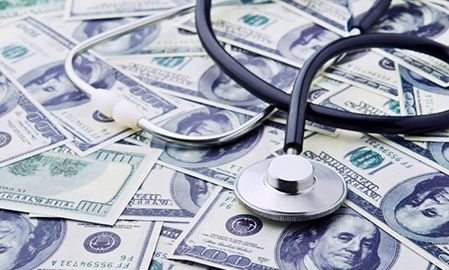Industry in recent years has rushed to develop orphan drugs thanks in large part to the attractive return on investment generated. It is therefore little wonder that this segment is rapidly graduating to non-niche status.
A record 260 orphan drug designations were granted in the US in 2013, and sales of orphans will climb rapidly through 2020, according to a new EvaluatePharma Orphan Drug Report from market intelligence firm Evaluate.
Propelled by an 11% growth rate, orphans will account for $176 billion in sales by 2020, or 19% of total prescription drug sales, excluding generics. That’s more than double the growth rate of 5% for the overall prescription market excluding generics.
The second-edition report provides a forward looking view of the market based on consensus expectations, taking into account the perspectives of equity analysts on individual companies’ performance, industry trends, and the macro-economic environment, Evaluate advises.
Pricing estimates are included based on a new USA Sales, Volume and Pricing content set. In 2014, the average orphan drug cost per patient per year was a hefty $137,782 compared to an average of $20,875 for a non-orphan drug.
Companies have favored development of orphans as the drugs cost less to develop, benefit from tax incentives, and command higher pricing power. Their cost per patient on average is figured at six times that of non-orphans.
“Orphan drugs are no longer a niche segment of the market,” says Anthony Raeside, Evaluate’s head of research. “Although orphan populations are by definition the smallest, they represent big per-patient outlays, and insurers will be looking carefully at new tools to arrest cost growth as more and more orphan drugs launch.”
Identifying some of the brightest stars in the orphan firmament, the report forecasts that Bristol-Myers Squibb, thanks to projections for its cancer immunotherapepy Opdivo, will overtake Novartis to become the biggest orphan drug company in six years.
Vertex Pharmaceutical’s cystic fibrosos combination VX-809 and Kalydeco is pegged as the drug with the most promise, with a 2020 sale target estimated at $4 billion.
And Evaluate sees no slow down with designations continuing on the rise despite certain meliorating factors. Some orphan-type drugs could be diverted into the new breakthrough therapy category. And budget busting drugs will come under pressure as increasing numbers of US patients receive public subsidies under the Affordable Care Act.








